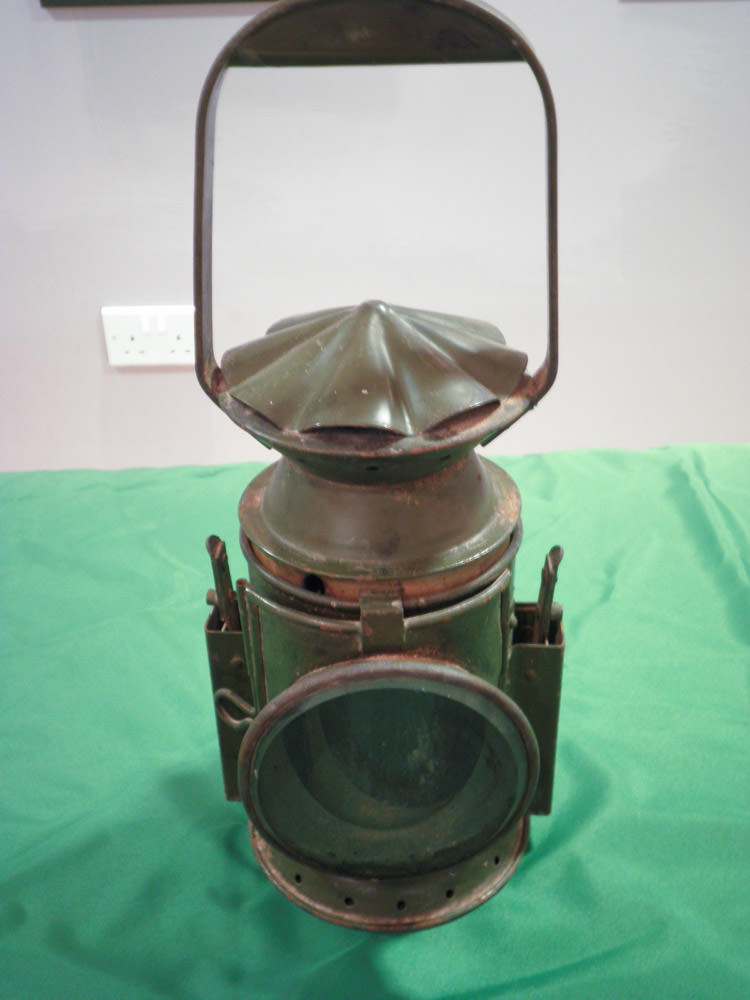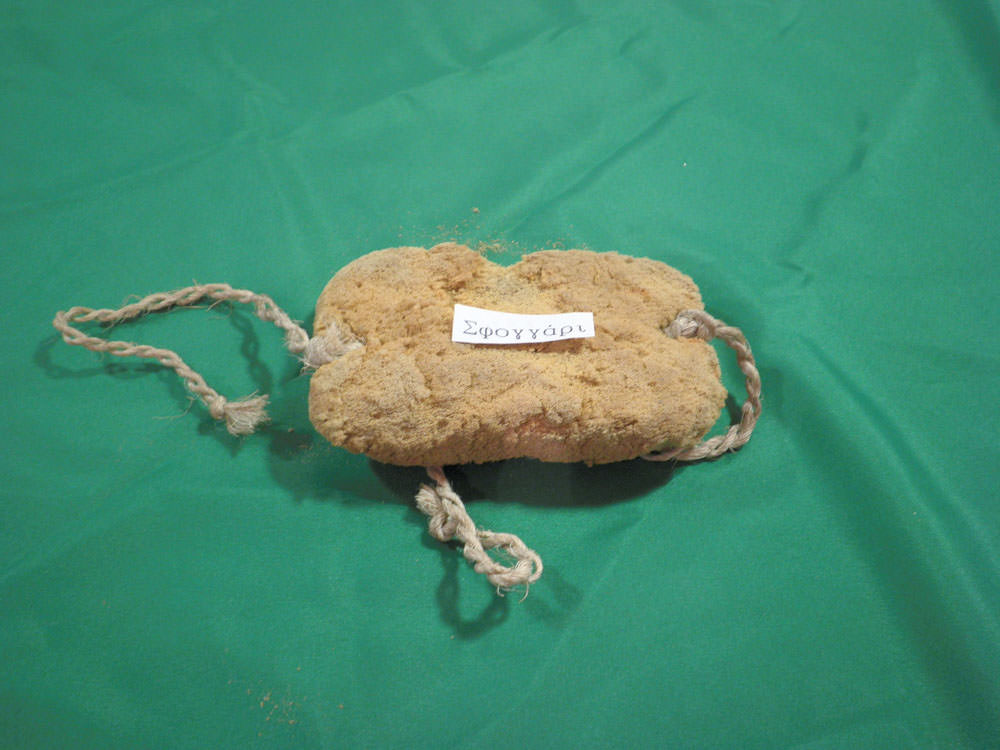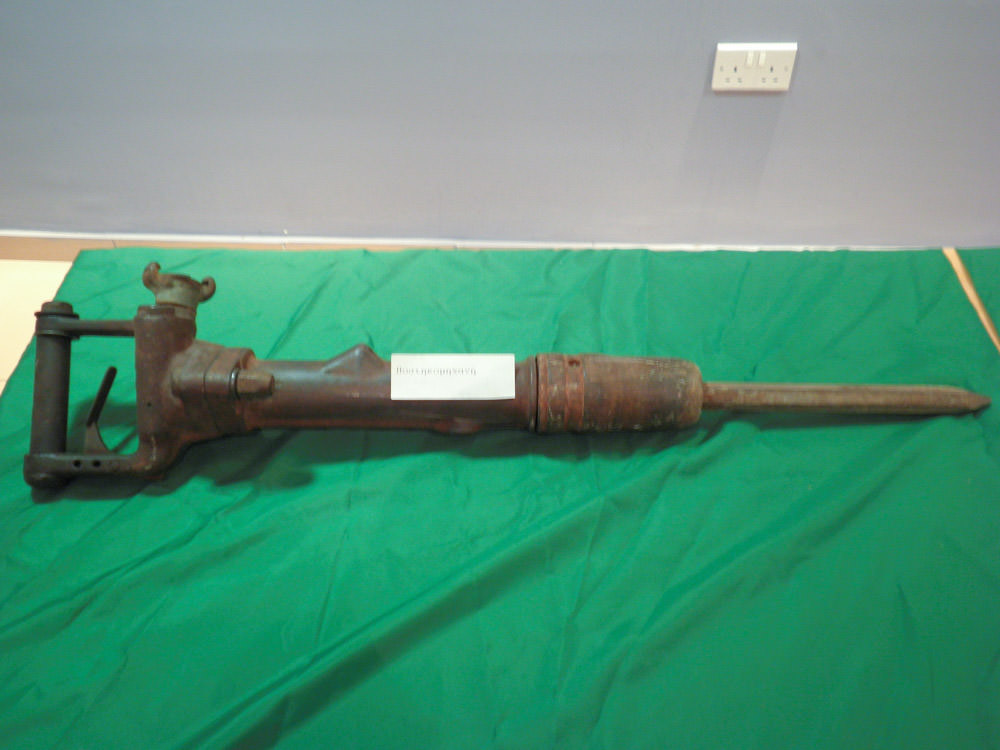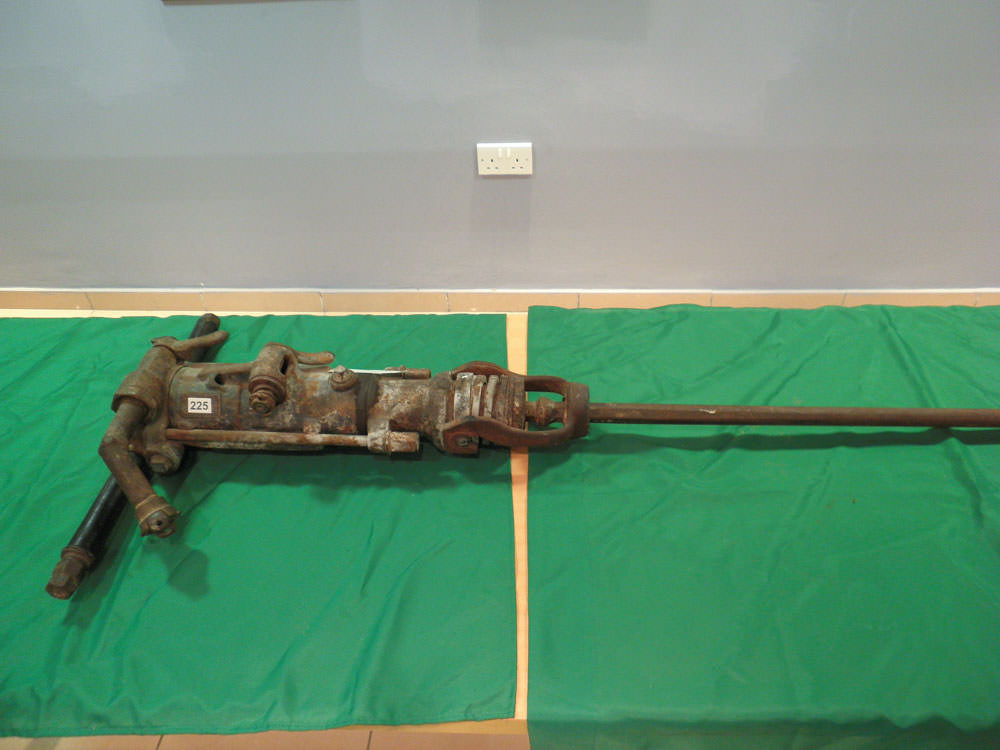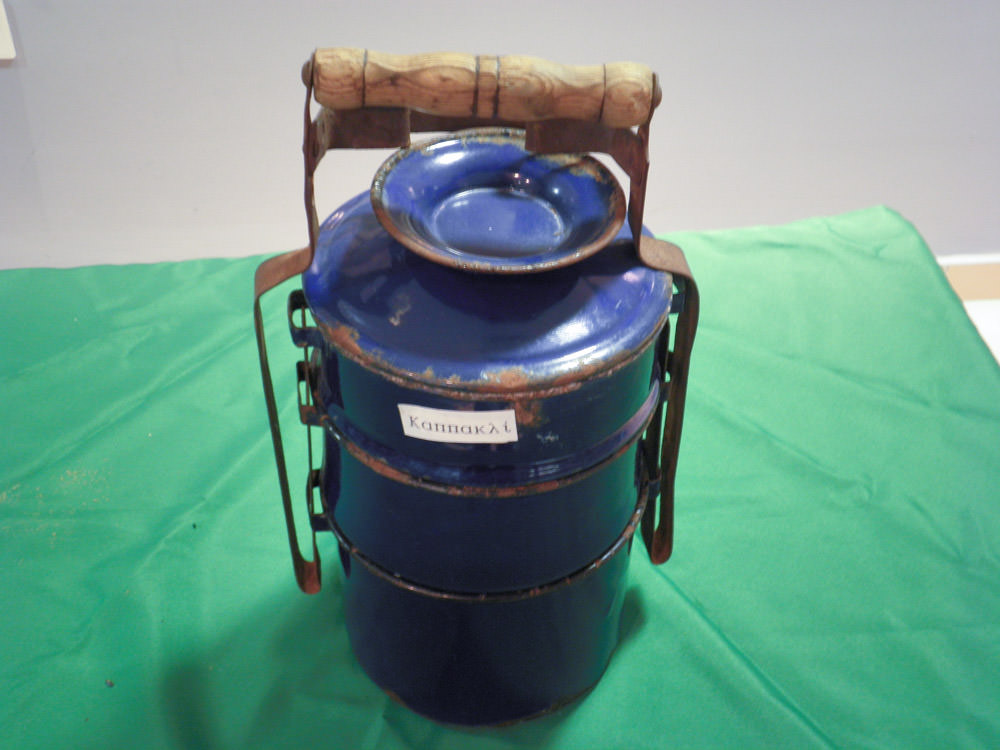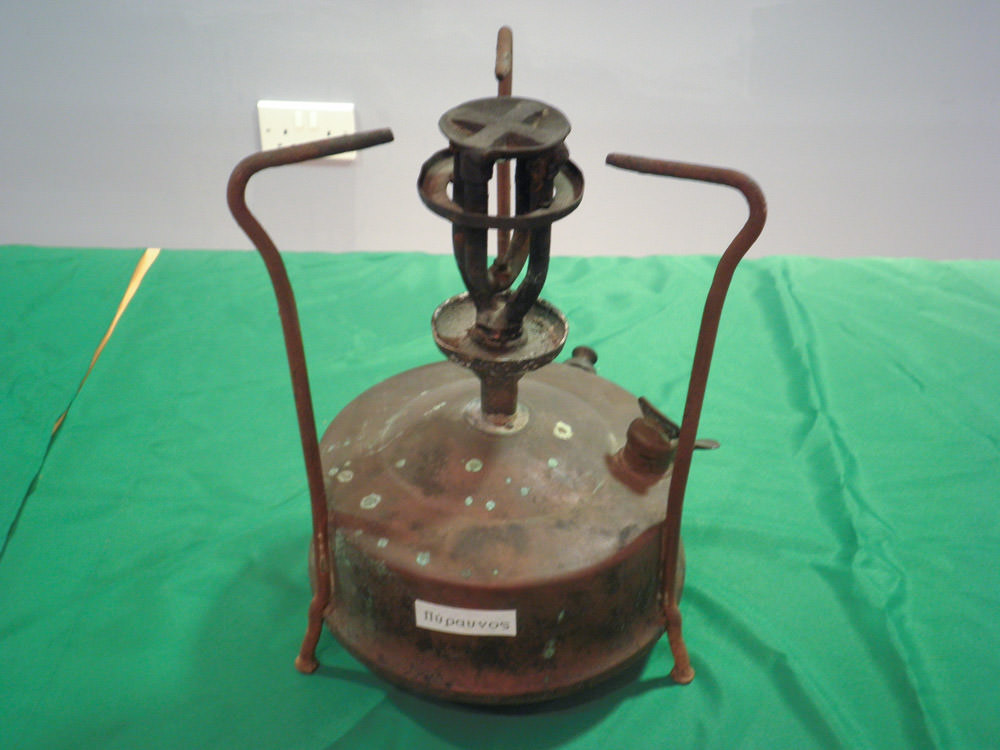The Miner’s Tools
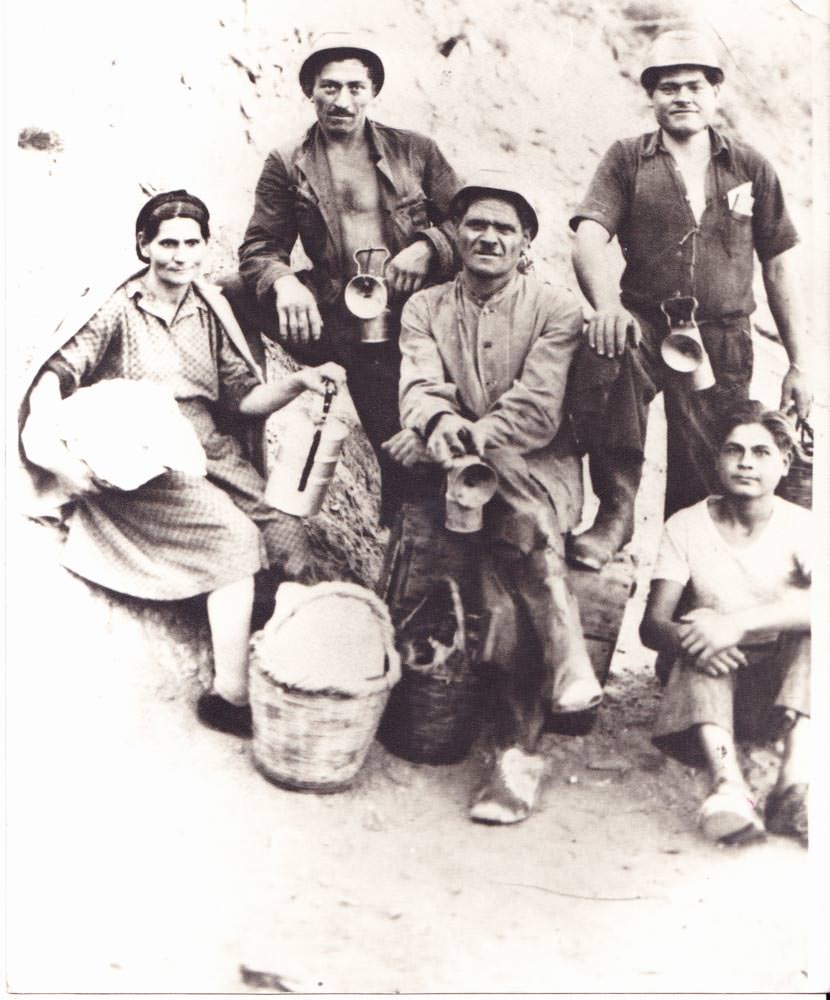
The Miner’s Tools
The mineral wealth of Cyprus was one of the resources that could have significantly supported the economy of the island had it not been subject to foreign exploitation. At its height, the number of workers employed by all mining companies reached 10,000, out of whom 8,000 were employed by the ΚΜΕ (Cyprus Metallurgical Company) which had been founded in 1914. Working conditions in the mines were particularly gruelling and dangerous as safety measures were lacking. According to contemporary sources, around 3 workers a year died and another 100 were crippled as a result of mining accidents.
Items on Display
- ‘Lihnos’ (Clay lamp): Lighted with oil and wicker to illuminate the mines in ancient times.
- Miner’s lamp: Used for illumination deep into the mine.
- Helmet: Used by miners to protect their head during their work.
- ‘Podines’ (Heavy duty boots): Used by miners to better protect their feet from the waters at the depths of the mines.
- ‘Sfoggari’ (Sponge): After being rinsed with water, it was tied with a thread to the mouth to filter the polluted air being breathed, and to avoid swallowing dirt during work, which could lead to silicosis.
- ‘Faliomichani’ (Compressor machine): A type of air powered machine drill operating with compressed air and used to drill holes in which, following the placement of a special lever, dynamite was placed to extract the metal ore.
- ‘Posikomichani’ (Compressor machine): A type of machine operating with compressed air, which following the placement of a special level at its front, was used for collapsing the remaining rubble following the detonation of dynamite in the mine.
- ‘Kappakli’: Used by miners to transport their food during work.
- ‘Piravnos’ (Cooking stove): A type of oil-driven cooking stove that was the primary means of cooking for miners’ families, particularly in the 1930s and 1940s.

